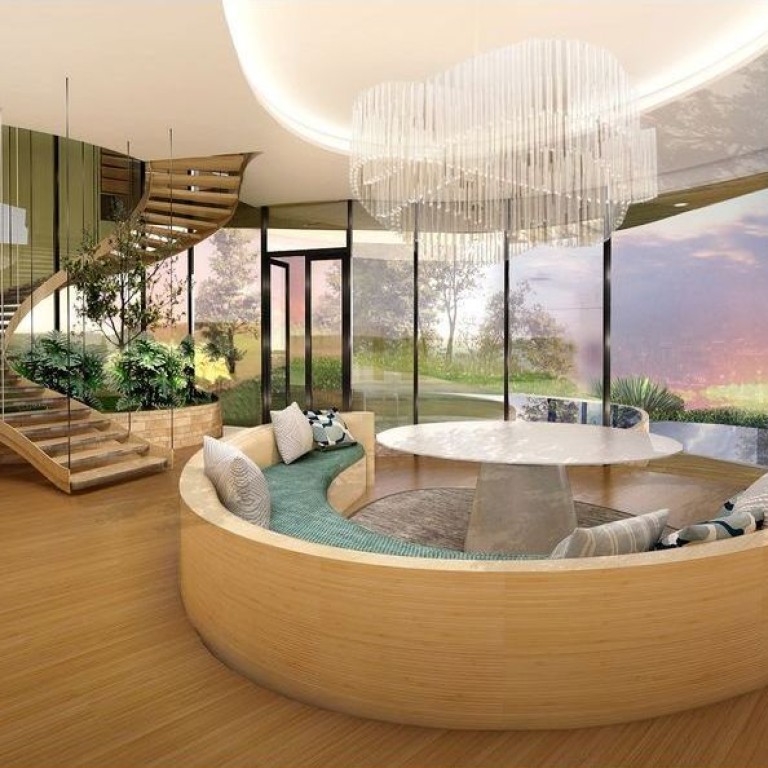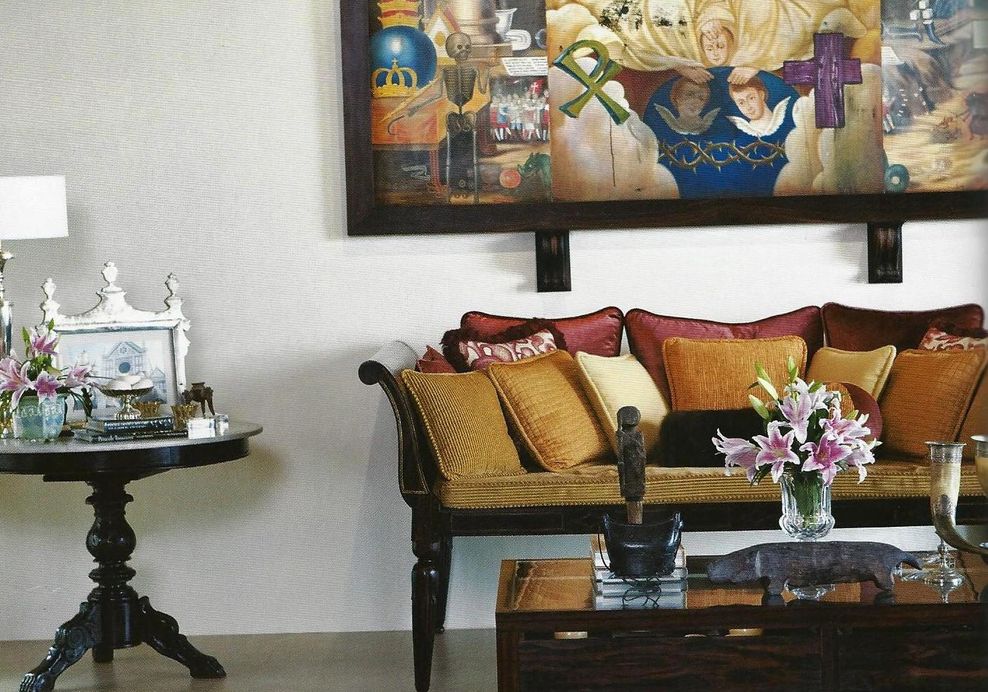
Journeys of discovery
Architects, interior designers and decorators possess the expertise to ensure you realise your dream lifestyle at home
Few people have the expertise or patience needed to create a dream home, let alone a simple renovation, into reality. This is where architects, interior designers and/or decorators can make a difference.
Greg Pearce, managing director of One Space, started his business 10 years ago with “the vision to design excellent architectural interiors.” A licensed architect, he believes interior design and architecture are inseparable, with interior designers allowing function to drive their creations. In an initial meeting with Pearce, clients will discuss how they live and how they want to live in the new environment. “It's less important to bring images of what you like – those will be important later – than it is to come with dreams of how you would like to live each day in your home, what are the needs of each family member, what things bug you about home life, and in what ways you'd like to reduce the burdens of your domestic life”.
J.J. Acuna, studio and architectural head designer at LWK and Partners (Hong Kong) and creator of theWanderlister+, would like to see floor plans and any due diligence that has been done related to government and building development rules. Acuna says: “This information will give the consultant a better idea on whether the client’s dreams and budgets are aligned. If the client has none of this information, a pre-contract job can be done to help them figure out what can be done for the parameters they’ve got. If the client can clip images from a magazine or the internet with references that aesthetically they admire, that will help the design consultants to benchmark a budget and timeline for the job.”

Pearce cautions clients on asking about a designer's “vision”. He believes that allowing a designer to jump into solutions and preconceptions will hamper any effort that could lead to a creative and functional concept catering to special needs. “Ask [the designer or architect] to describe how he will interpret your needs and wishes without pigeonholing you into a preconceived home design,” he advises.
Achieving consensus is a key part of any project and should be established in the first meeting, Pearce says. “We once had a residential client, a couple, who came to the first meeting certain that they were aligned in their dream, only to find that they had different wishes. We ended up helping this couple define a lifestyle goal they strongly shared. A designer who effectively says, ‘you two don't seem to agree, why don't you talk about it, come to an agreement then let me know’ is shirking the architect's important role of helping your family build a shared vision.”
Pearce compares the design process to “a journey of discovery, together, with open eyes for unforeseen possibilities”, thus it is important for all parties to be comfortable with each other.

Acuna says: “This is potentially a project that can last six months to years. While it is good to judge a design consultant by their portfolio, what’s more important is that the client has several pre-meetings and interviews with the architect and gets along with the design consultant personally. This will lead to a successful project. Clients need to go with their gut instinct on their selection.”
Budget and timeline are two key elements that need agreement. Pearce emphasises the importance of a “budget that can realistically achieve the home you want”. “Unlike commercial design, home design is highly personal and most of our clients are prepared to invest a sizable sum to achieve their lifestyle goals,” he says. “We help our clients set the budget at the outset based on other suitably benchmarked homes and prevailing interior contracting market prices. We also advise our clients that reducing the project fit-out cost should never equate to reducing the quality of design and detailing."
Acuna says: “What is a better directive, however, is to hold off on a “final” figure price tag right away, and for the client to hire the design consultant for a concept or schematic design, and use that design to price a project using a variety of contractors to get a more realistic budget estimate.” Both agree that 10 to 20 per cent over the estimated budget is a safe “contingency”.

Pearce says: “It is a good practice to do this in order to build some scope for their own decision-making, allowing them to change their minds if they want to, as well as unforeseen obstacles during construction, such as shortcomings in the buildings themselves.”
Part of controlling a budget is focusing on clients' priorities based on their lifestyles. Pearce gives an example of building a semi-professional Chinese cooking kitchen that “was a disproportionate part of the budget as it should be” because the residential client had a live-in chef.
It is after the architectural plans and interior design are complete that decorators come in, because they need to have an idea of the space they are working with. “Decorators take the lead from the architect, but they can also work from conceptualisation,” says Jonathan Matti, design director of his own company established in 1988. He has decorated homes in New York, London, Singapore, Manila and San Francisco, and is working on a hotel, Particulier, in Paris and a house in Las Vegas.
Acuna agrees: “Architects and decorators can work simultaneously to make sure that everything from lighting to space planning is aligned with the space’s structure, electrical plans and plumbing."
